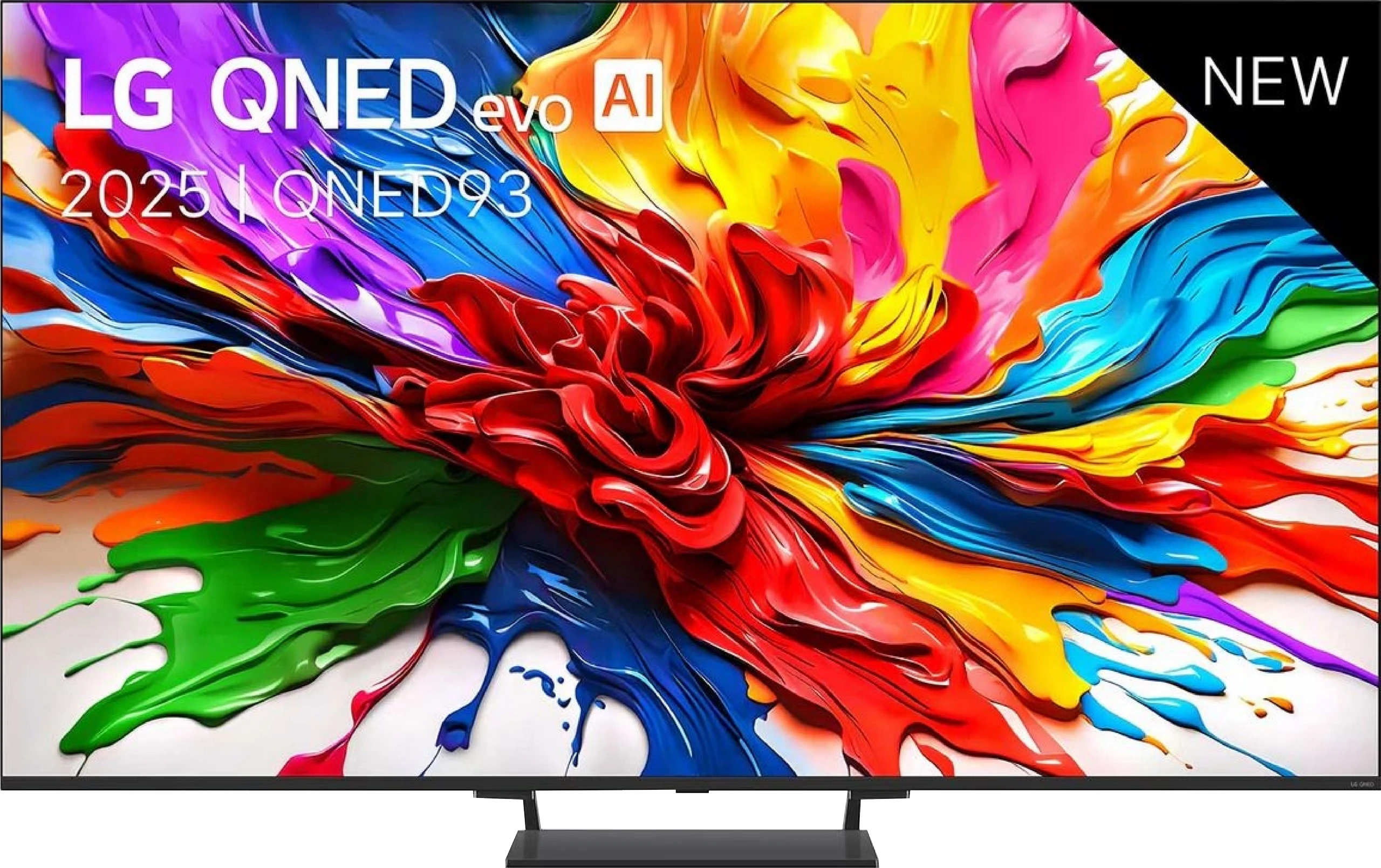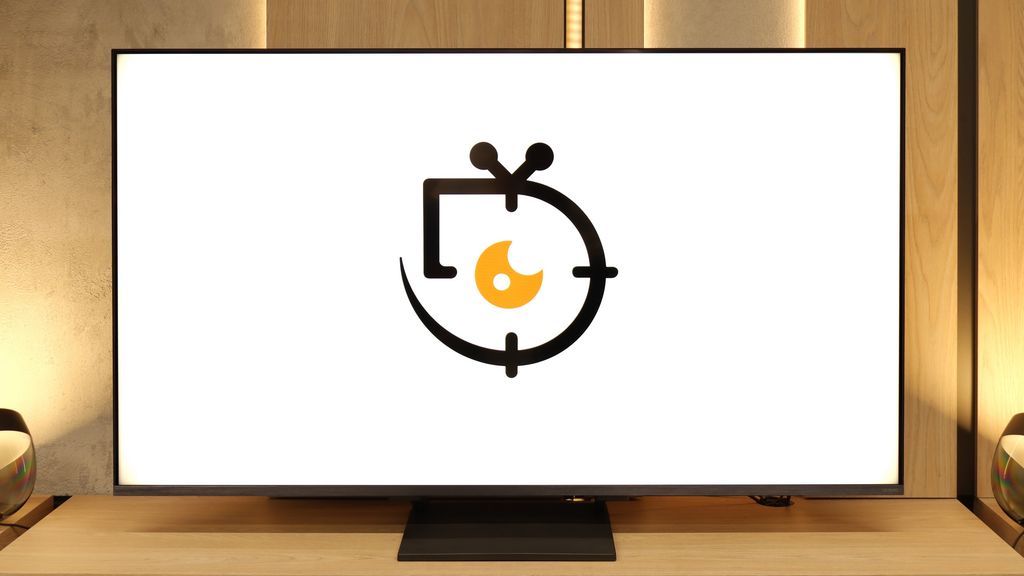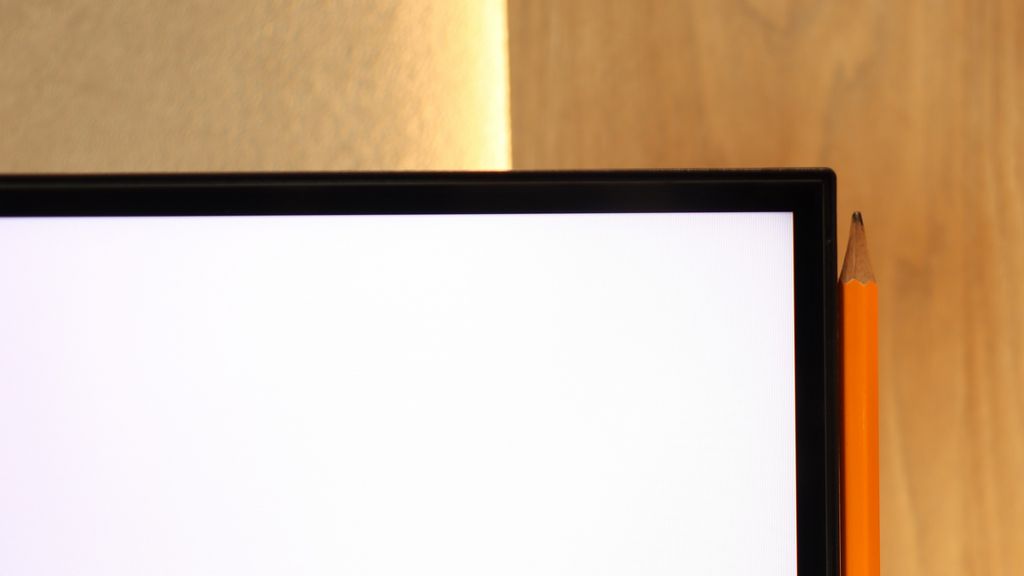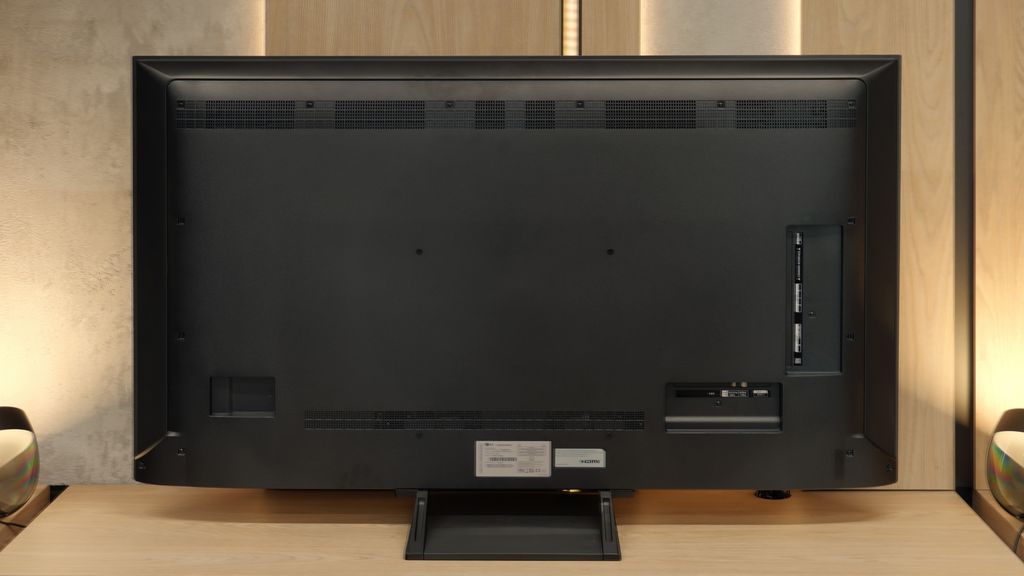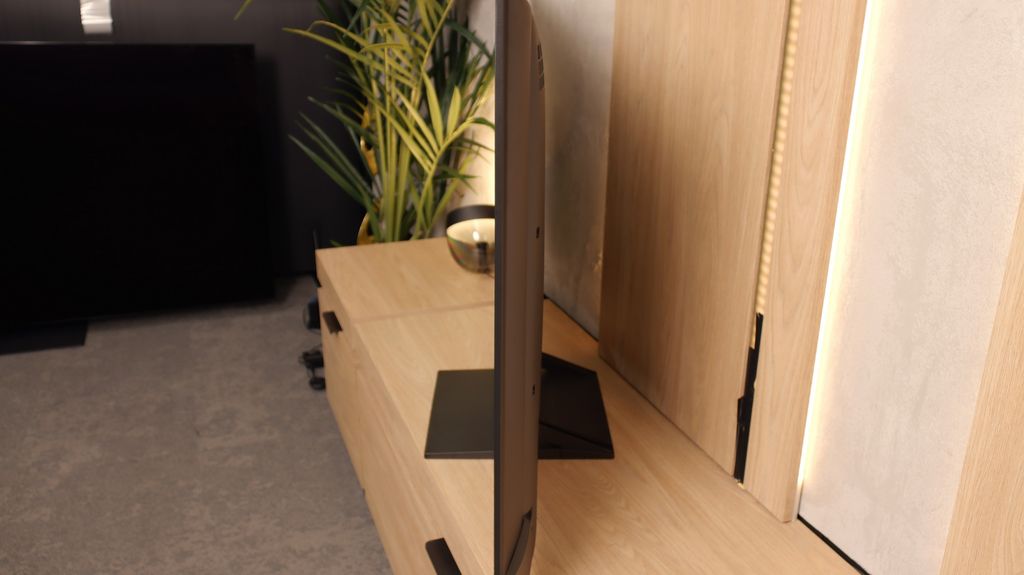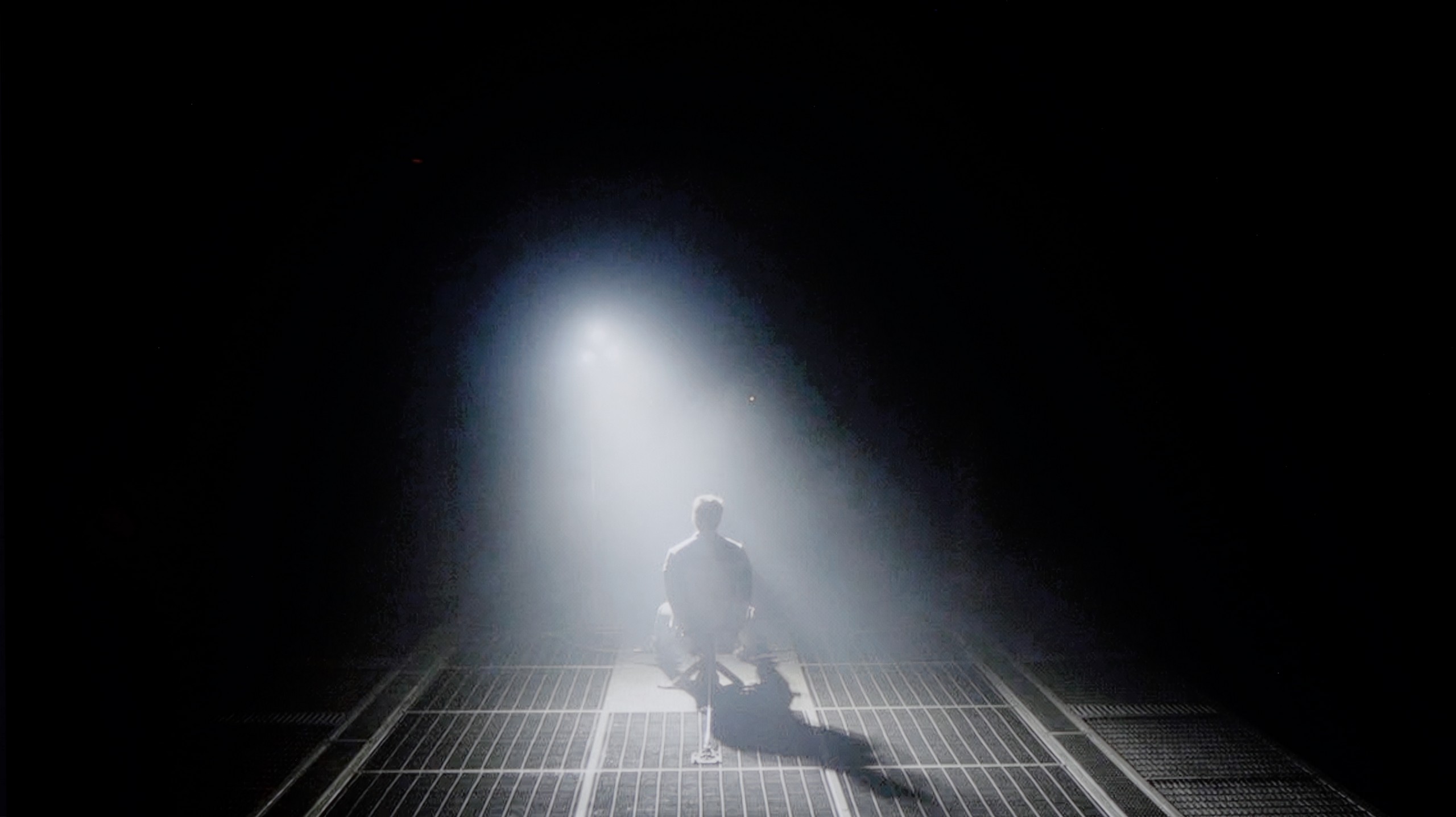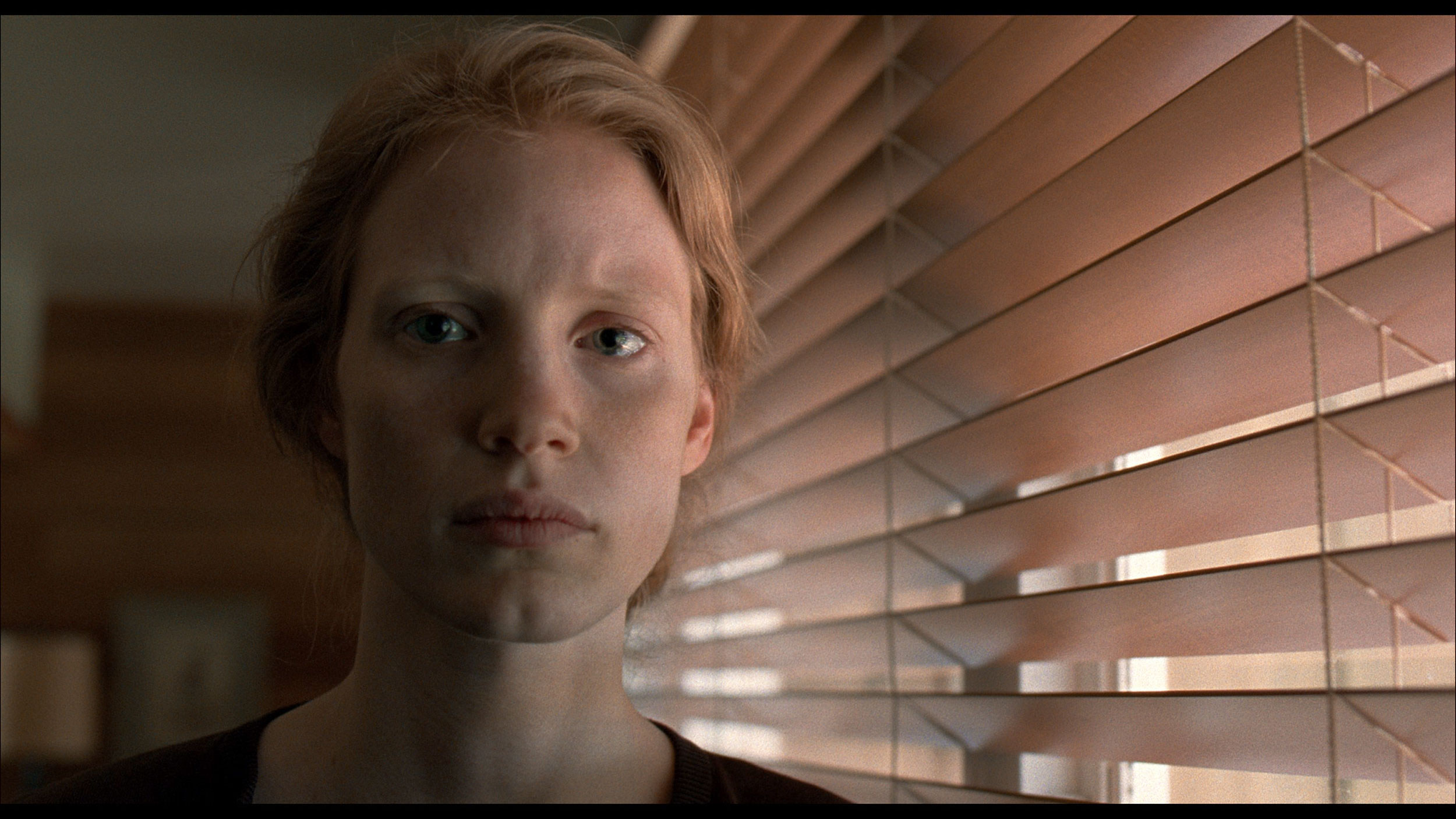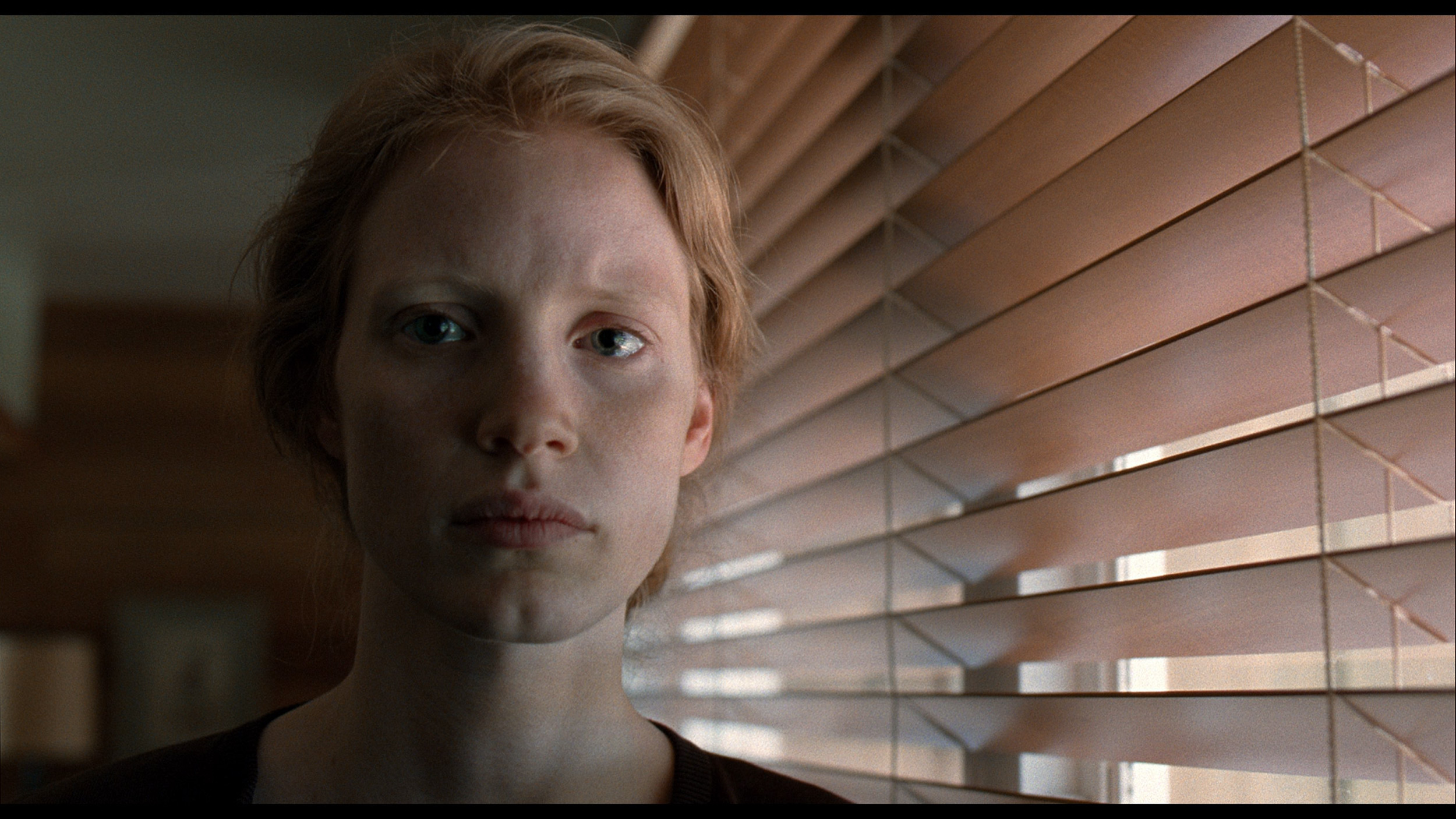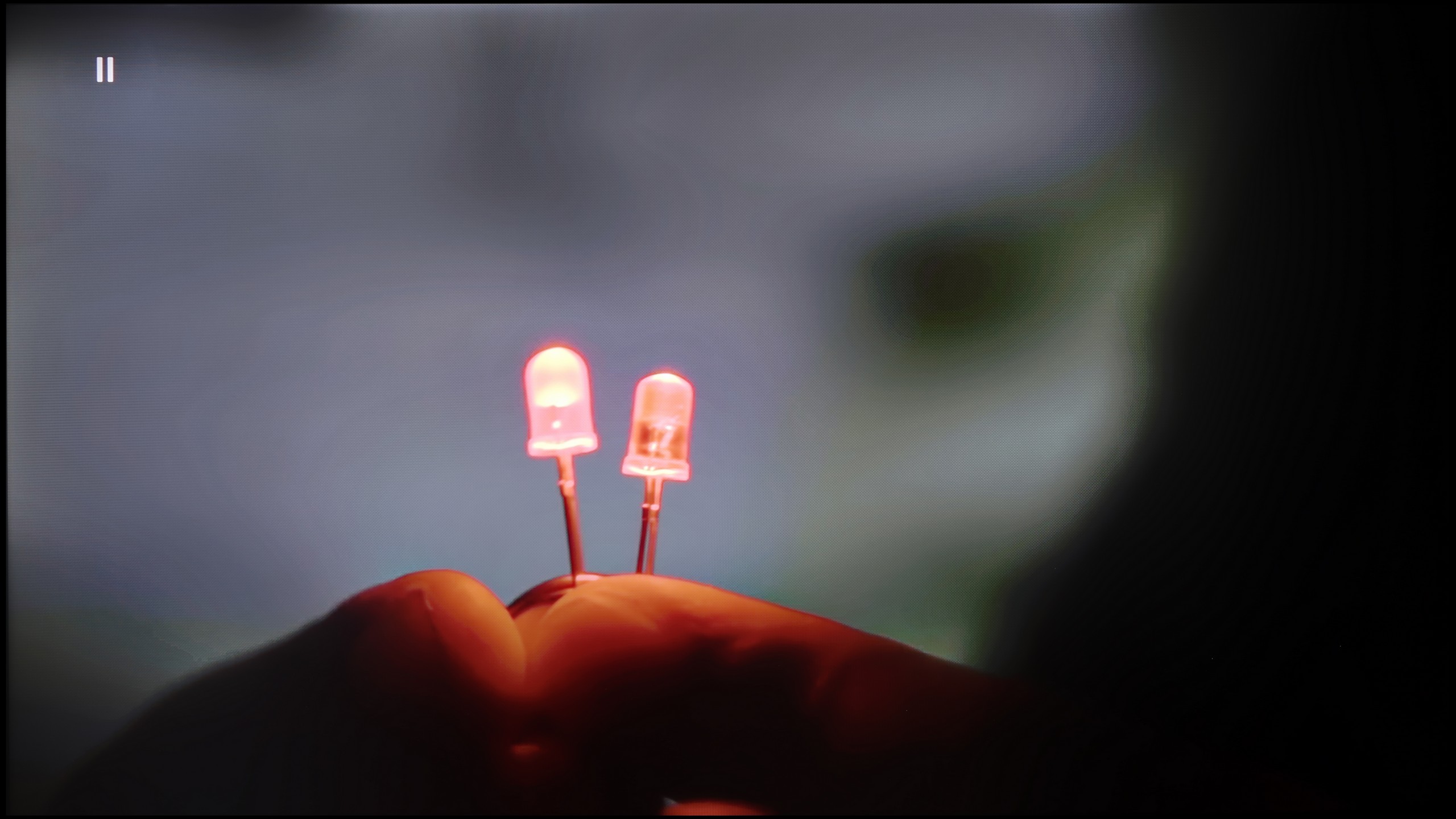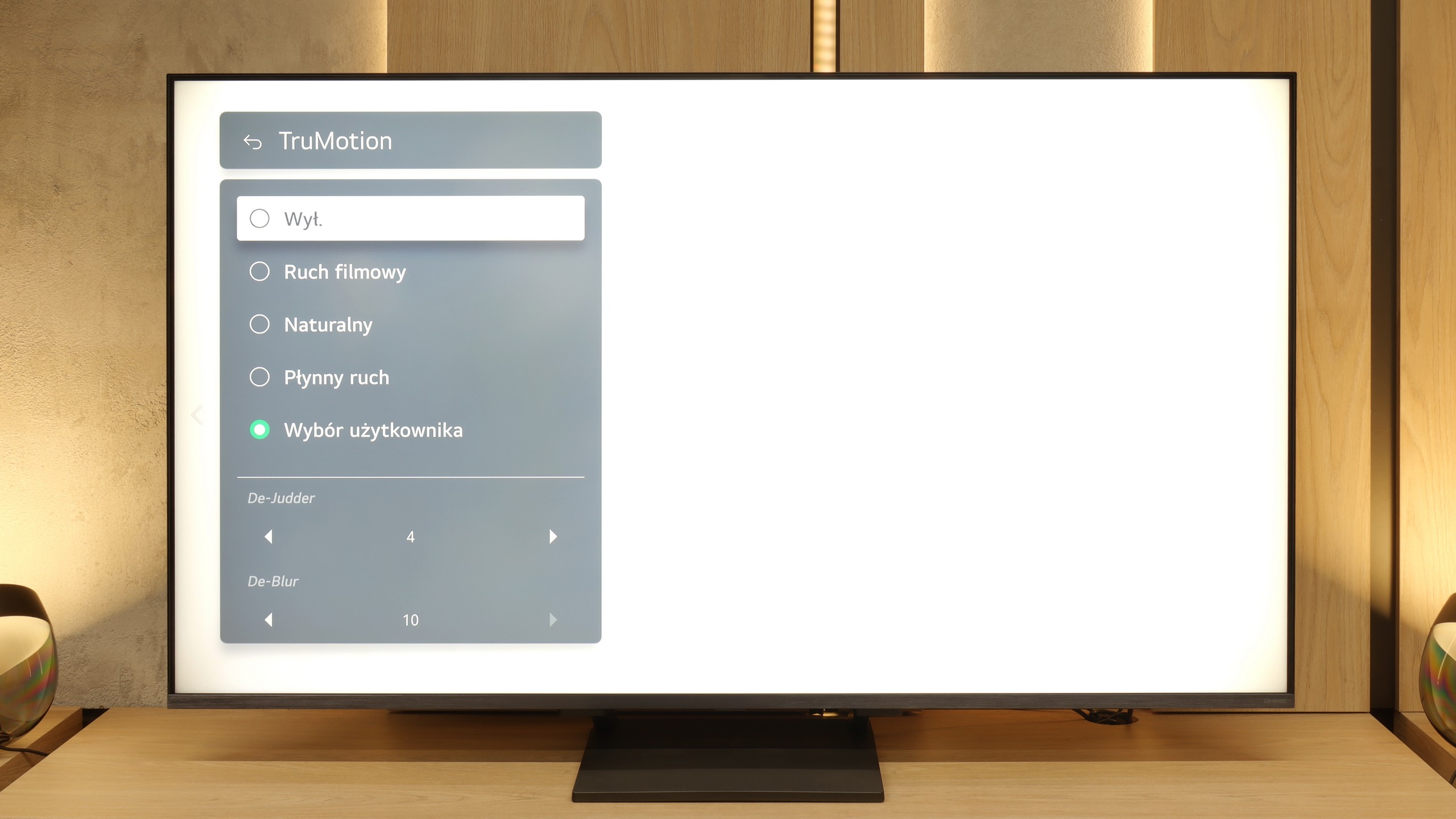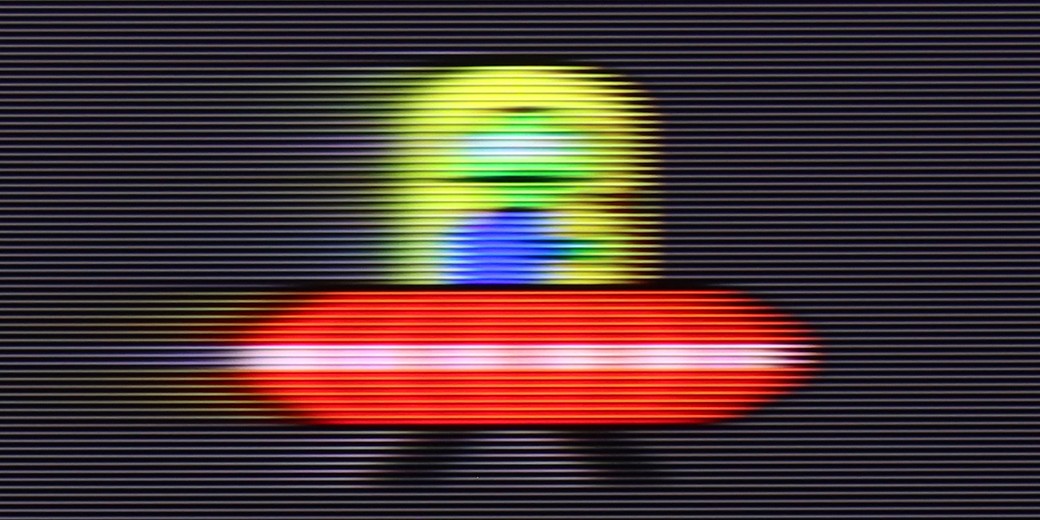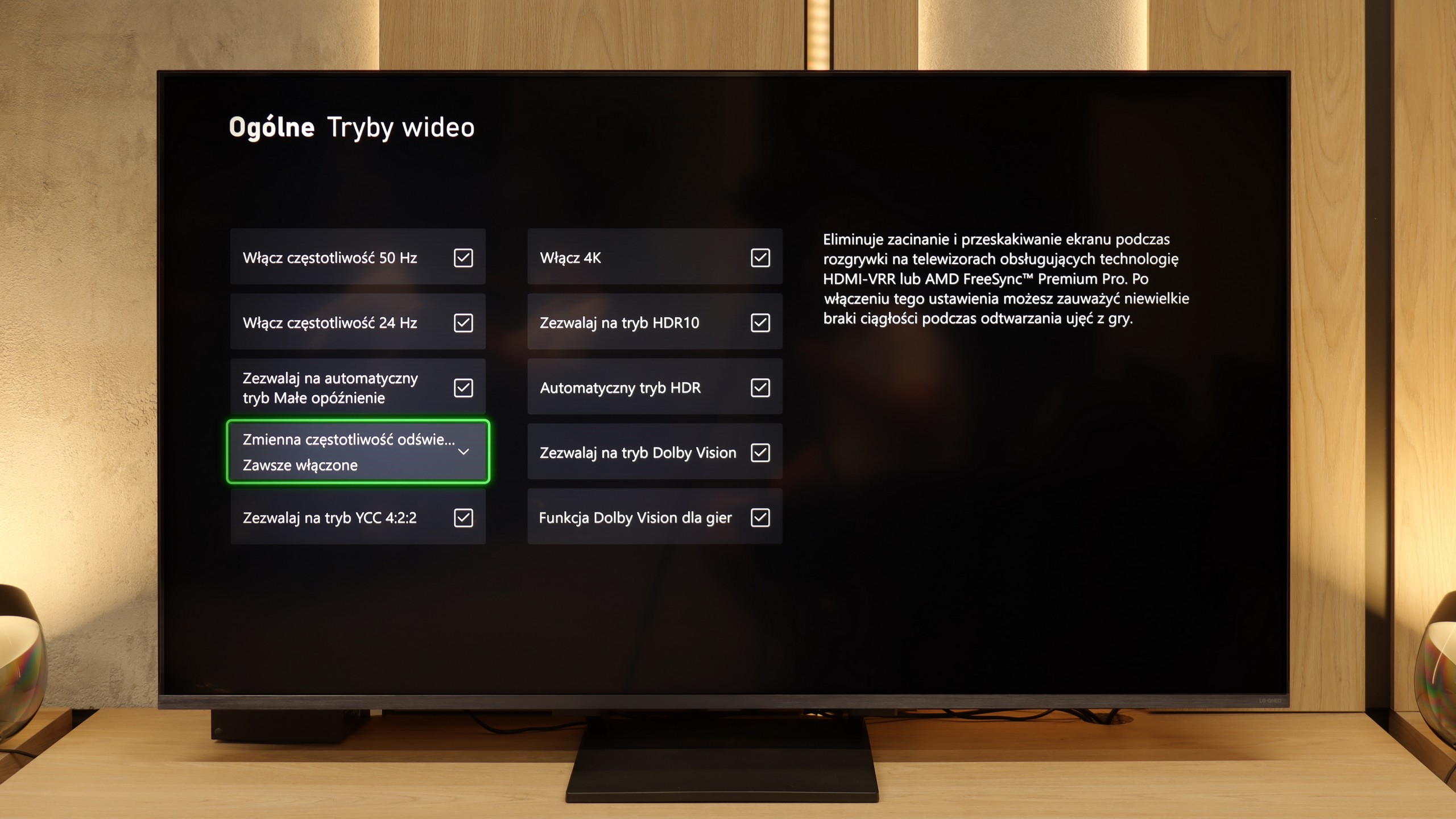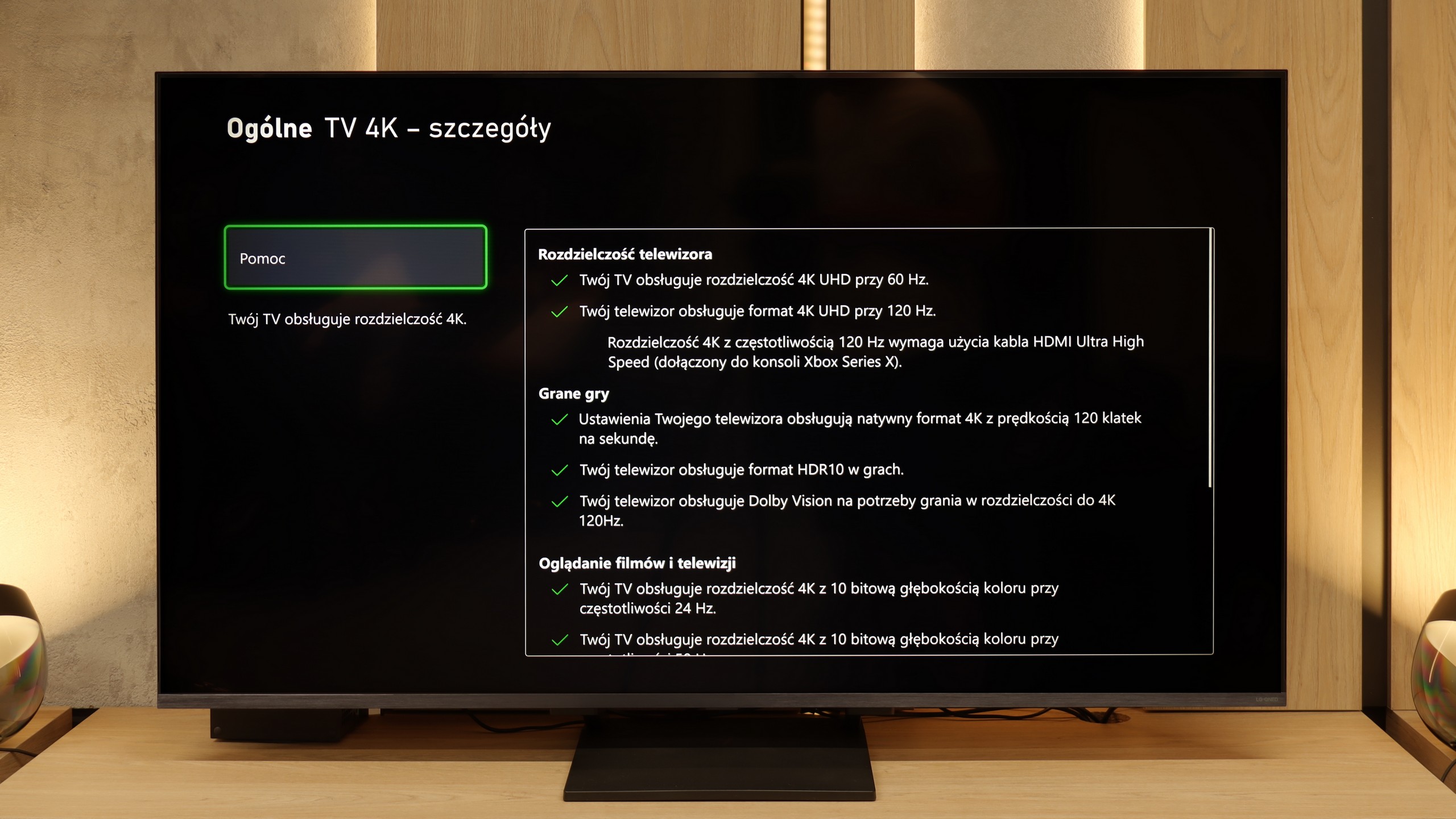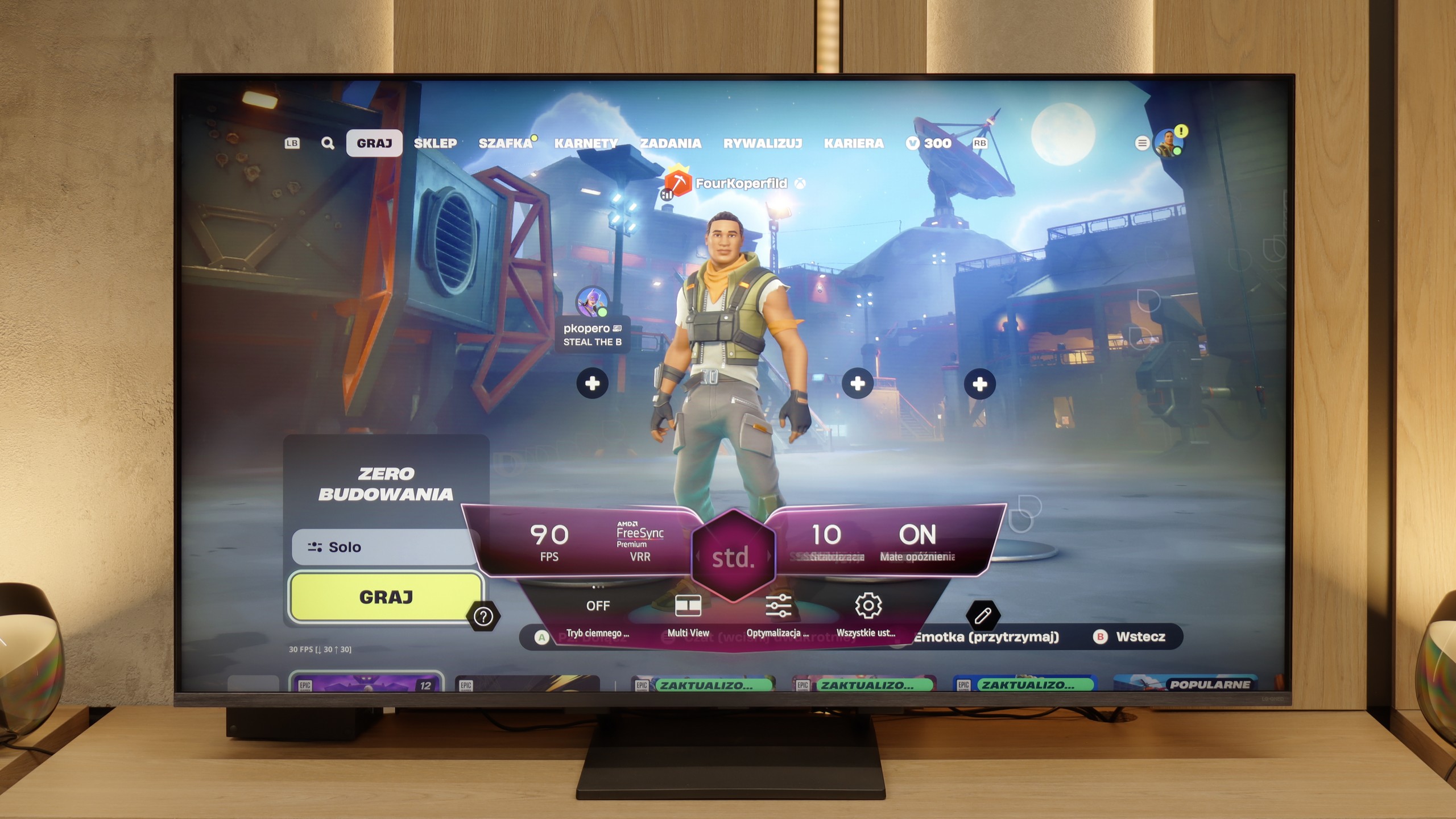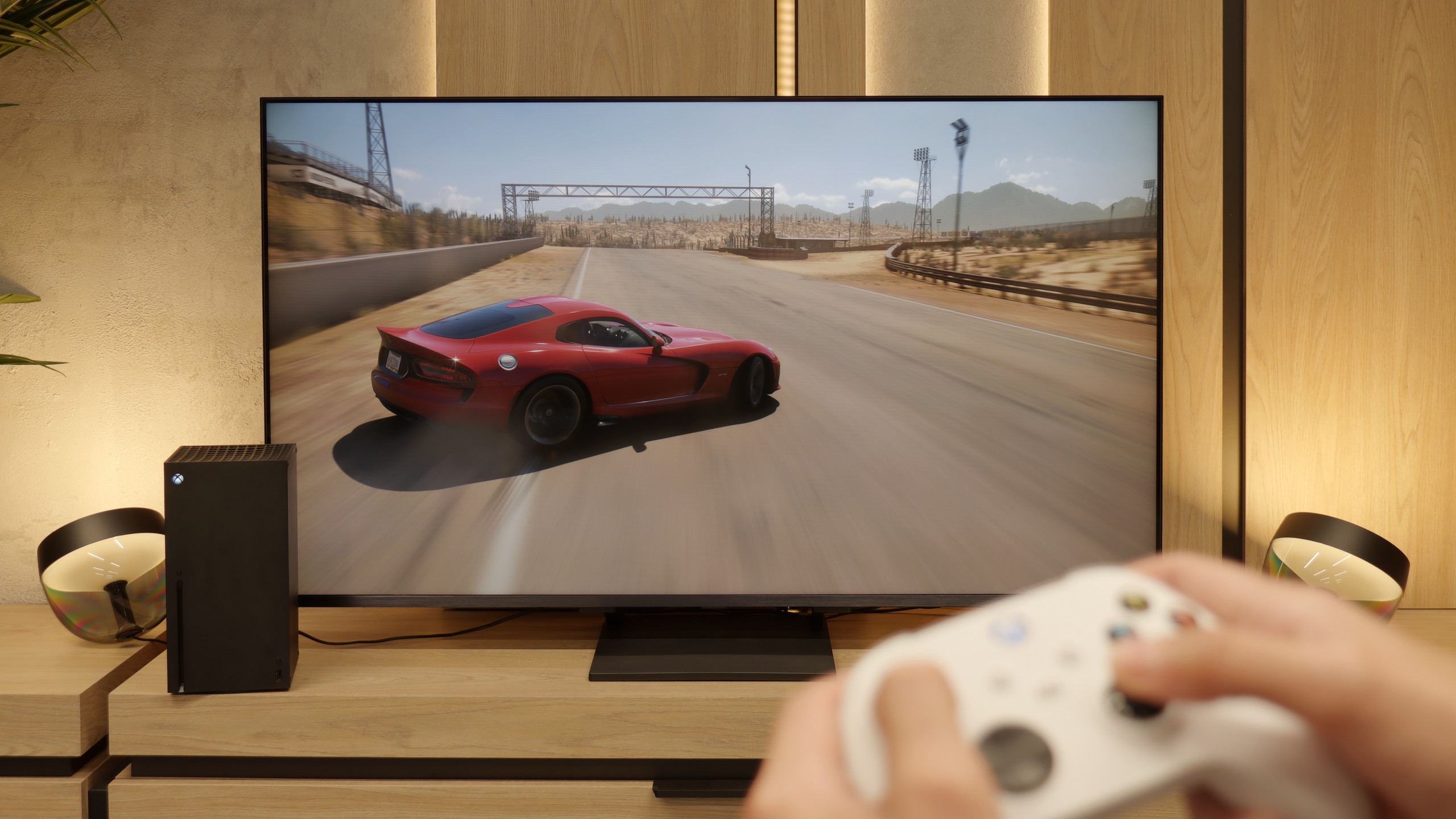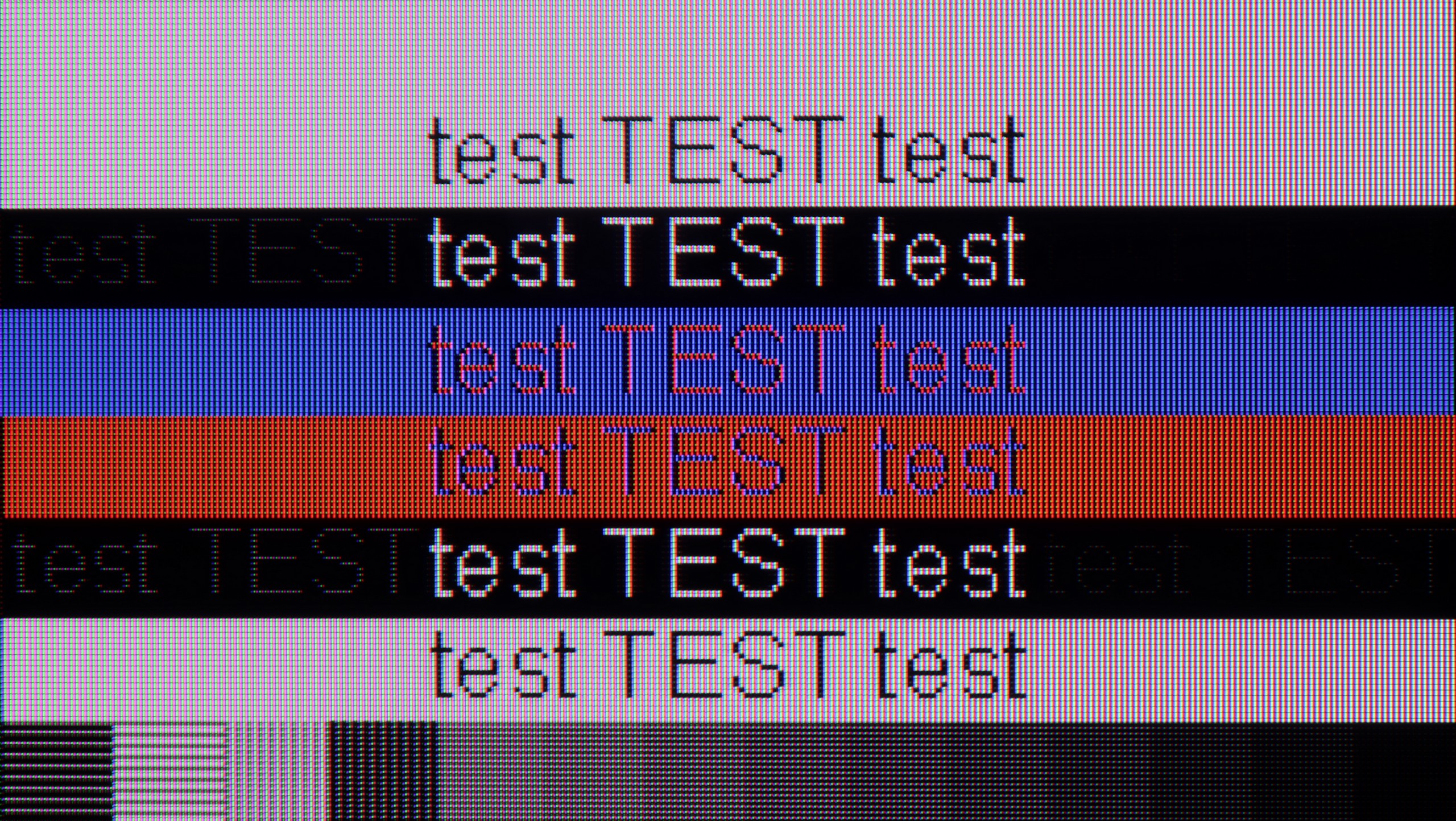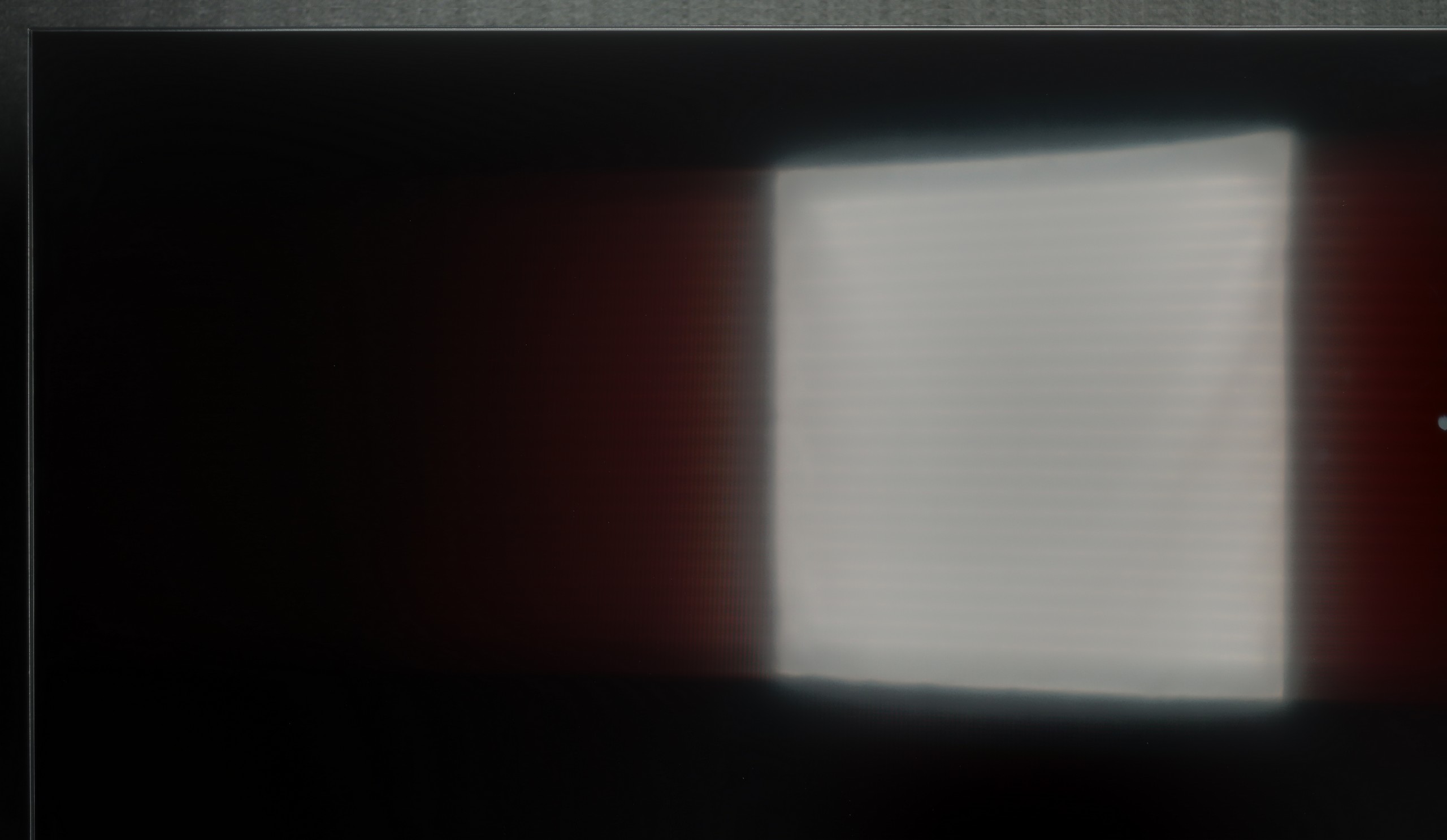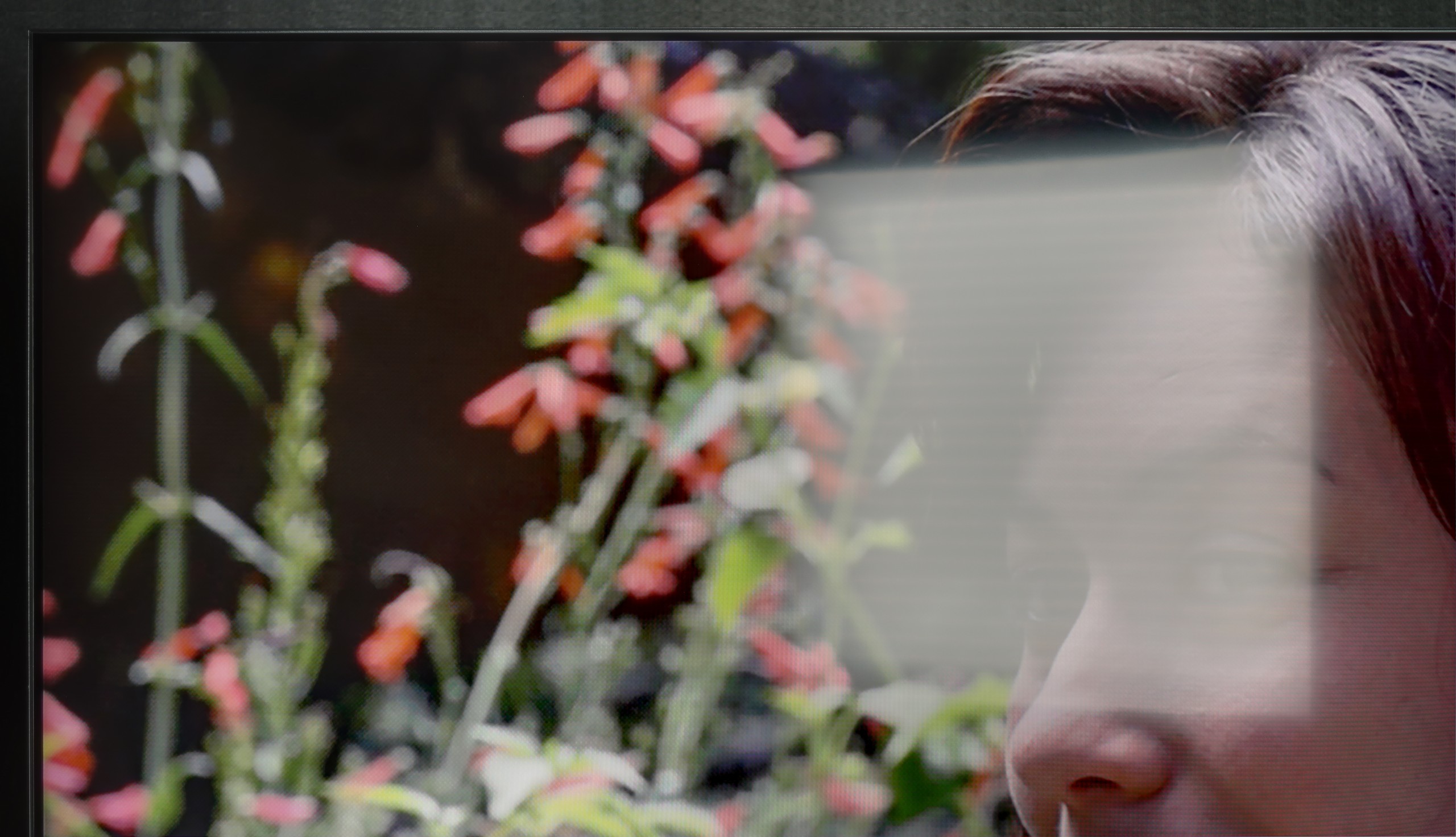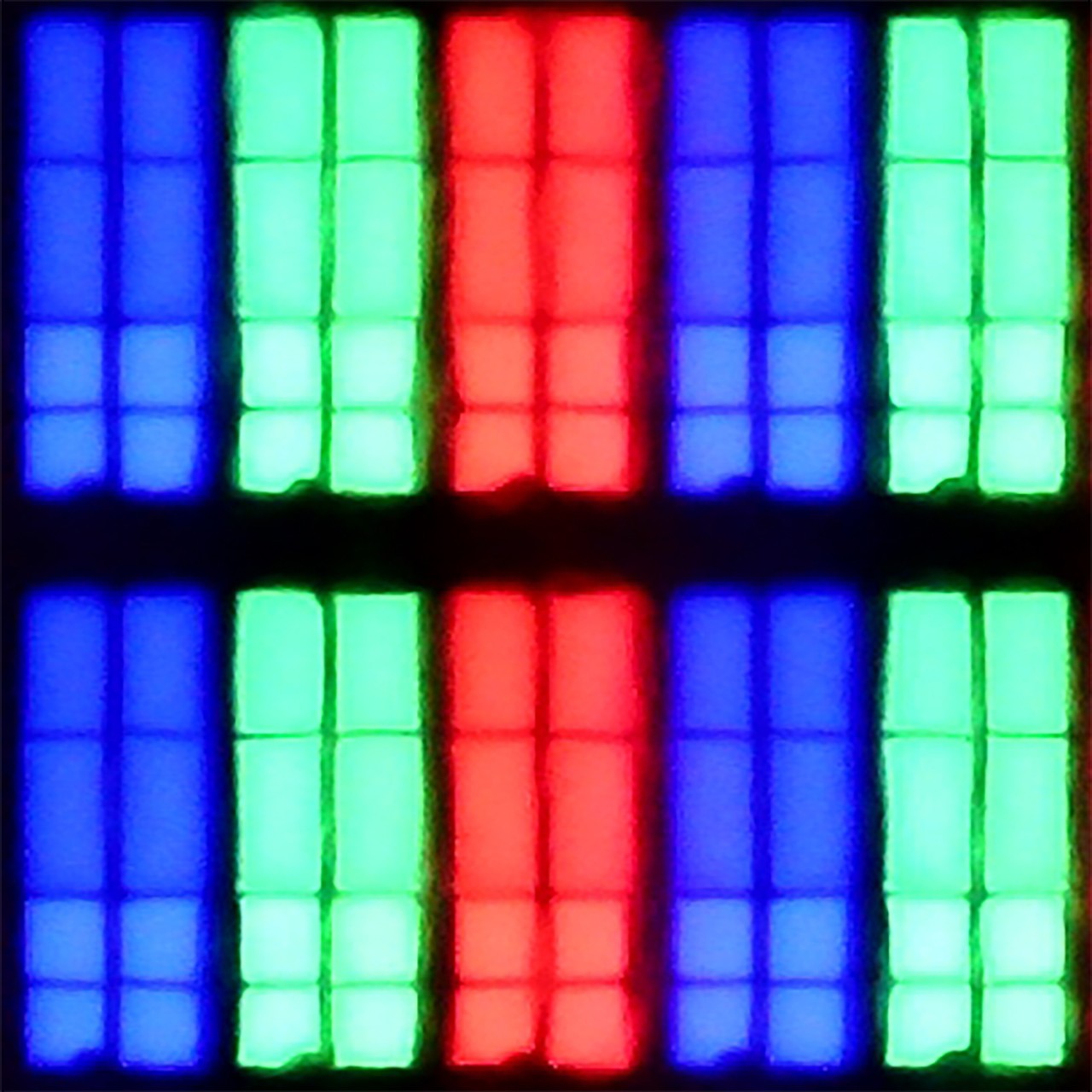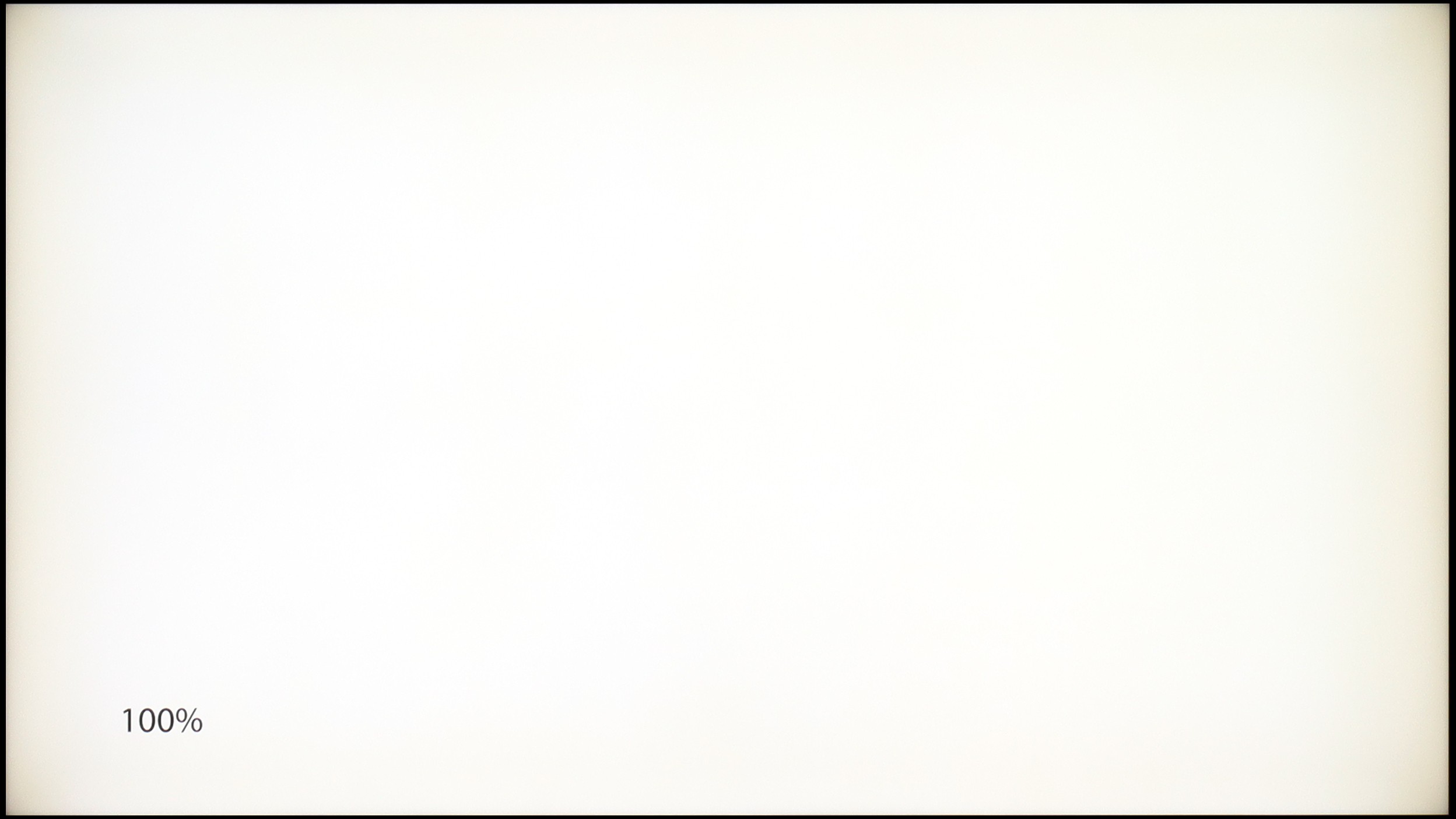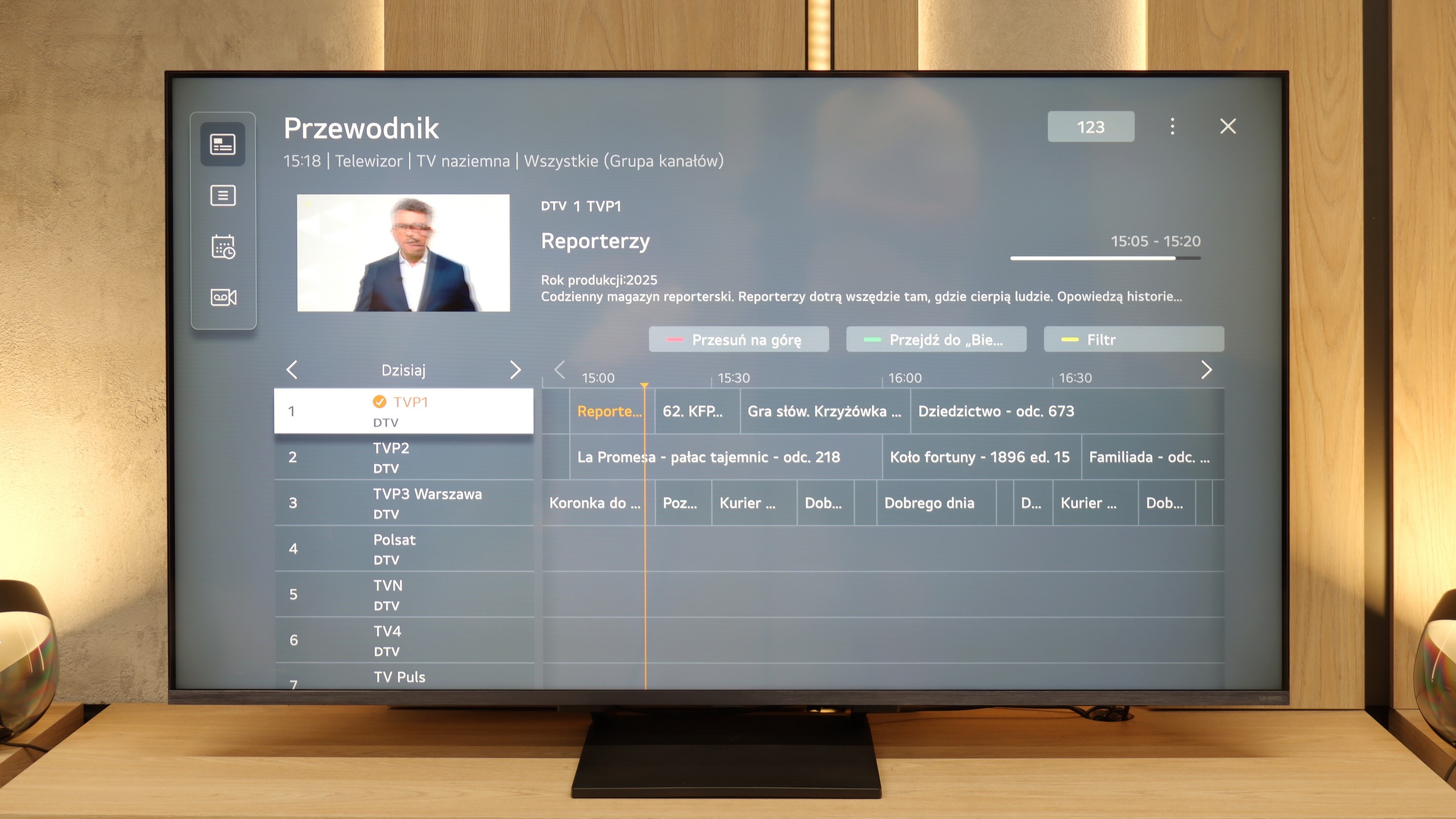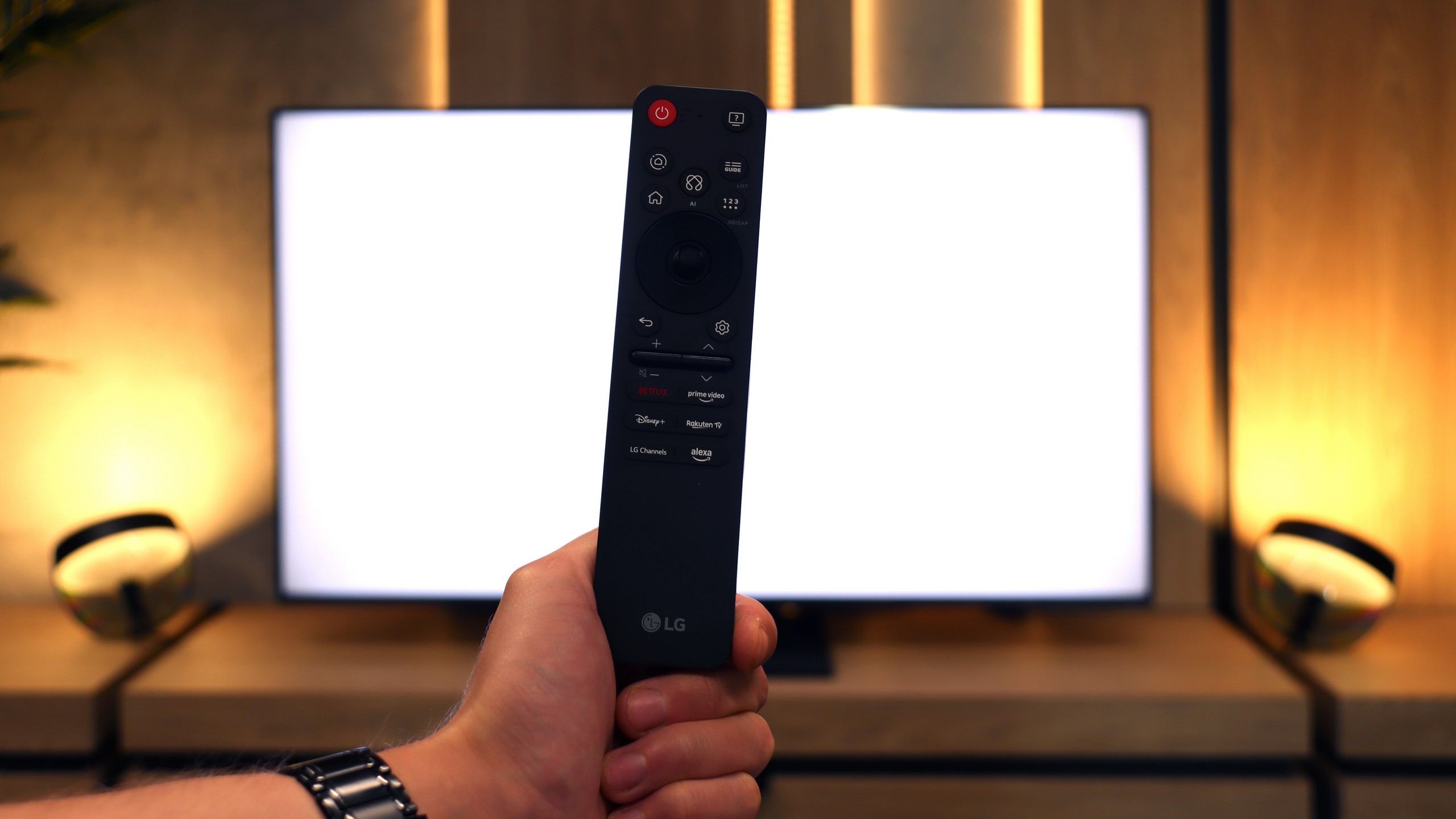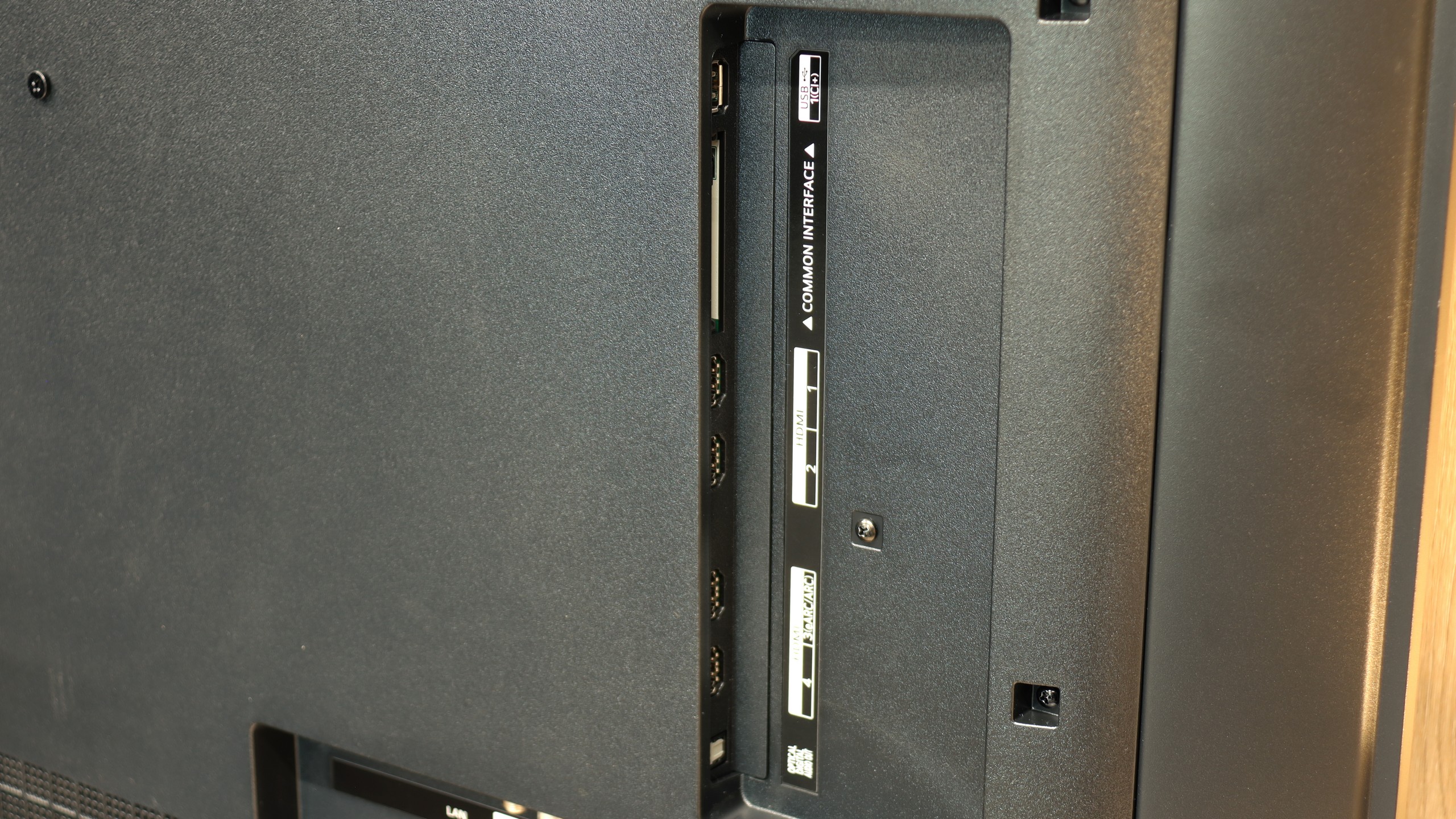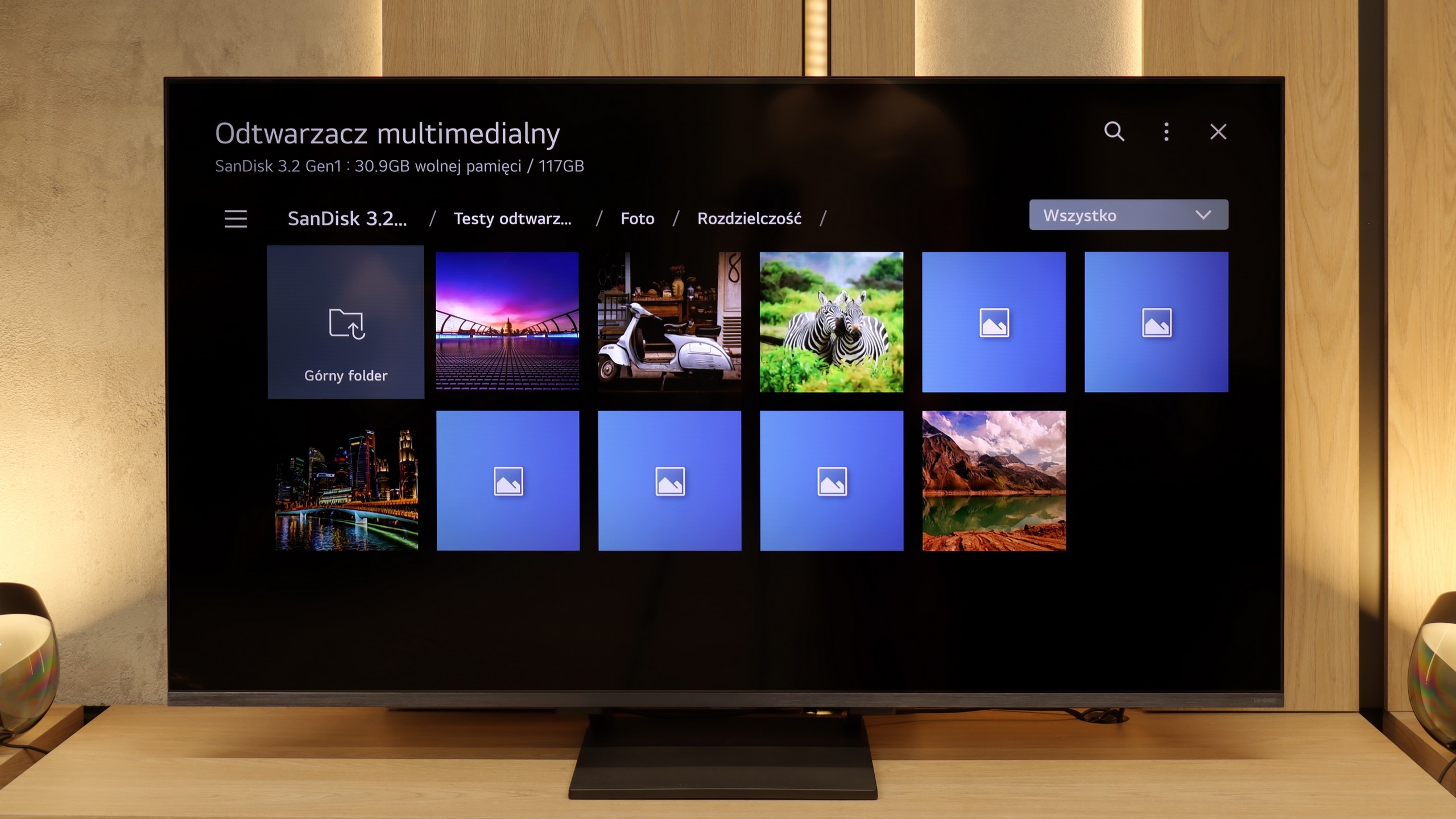The S85D is the 2024 entry-level OLED model from Samsung, which offers a lot for its reasonable price tag.
Thanks to OLED technology, you can enjoy excellent contrast, deep blacks, and impeccable viewing angles, ensuring a comfortable watch from anywhere in the room.
The Tizen operating system provides easy access to applications and streaming services including Netflix, Disney+, and HBO Max. At the same time, the solar remote permits control of other devices in the home - such as a satellite decoder, console, and more.
Its AirPlay feature allows for connection to iPhones, iPads and Macs and Bluetooth support enables wireless pairing with headphones, soundbars and gaming controllers.
The design of the Samsung S85D stands out among its peers due to its unusual, rounded shape at the back, giving the TV an elegant appearance. High compatibility with other devices allows for easy transition into a home entertainment system without major issues.
However, no device is without flaws. The lack of recording functionality and DTS audio support means that users who prefer this codec will need an external audio system, and the average SDR brightness may affect viewing in very bright rooms.
Despite these slight imperfections, the Samsung S85D is an excellent choice for anyone looking for a modern, versatile TV with outstanding picture quality. It offers many features that significantly enhance the user experience, leaving a positive impression. A lot for a little – the Samsung S85D proves you don't have to spend a fortune to enjoy premium viewing from your TV.
LG QNED93A is a television that, at first glance, appears to be a solid step forward compared to previous LCD models from this brand. On paper, we get a lot: a significantly larger number of dimming zones, a 144 Hz refresh rate for gamers, support for all HDR formats, including Dolby Vision, and WebOS with a new Magic remote, which still ranks among the most user-friendly operating systems. The QNED93A shines the most in gaming applications. Four fully functional HDMI 2.1 ports allow you to connect consoles and computers without any limitations, and the low input lag is maintained at both 120 and 60 Hz. For PC gamers, an additional advantage is the 144 Hz mode and full compatibility with G-Sync and FreeSync. So, it can be confidently said that in terms of gaming features, the QNED93A does not have any complexes compared to the competition. Another strong point is WebOS. LG's system has long been regarded as one of the most convenient for everyday use, and this is confirmed here. Everything is clear, and the Magic remote allows you to control the television like a mouse pointer – quickly and intuitively. Brightness can also be considered a plus. At its peak, it manages to achieve results close to 1400 nits. This is enough to ensure the picture doesn't fade in brighter rooms and that special effects in movies or games look convincing. The image processor does a good job of upscaling older content – television or films in lower resolutions appear clearer and sharper than on many competing screens.
However, it cannot be denied that the biggest problem with the QNED93A is the local dimming algorithms. In scenes full of black, the screen can darken significantly, causing many details to simply disappear. The effect is such that contrast looks better at first glance but comes at the expense of information that should be visible. An additional problem is the Dolby Vision mode, which typically enhances certain aspects of screens, but in this case, changes very little. The differences between dynamic and static metadata must literally be searched for with a magnifying glass. This is simply disappointing because the hardware, with its number of dimming zones and stronger backlighting, has the foundation for a better effect. So who is the LG QNED93A for? It is a television that works brilliantly as a home entertainment center, especially if you're thinking about gaming on a console or PC. In everyday television viewing and movie watching in well-lit conditions, it also provides a lot of satisfaction thanks to its high brightness and solid image processor. However, one must accept that in scenes with a lot of black and when fully utilizing HDR, this model does not match its competitors. LG has shown that it can create a very solid LCD screen, but it is also evident that not everything has been polished as it has in their OLED televisions.

